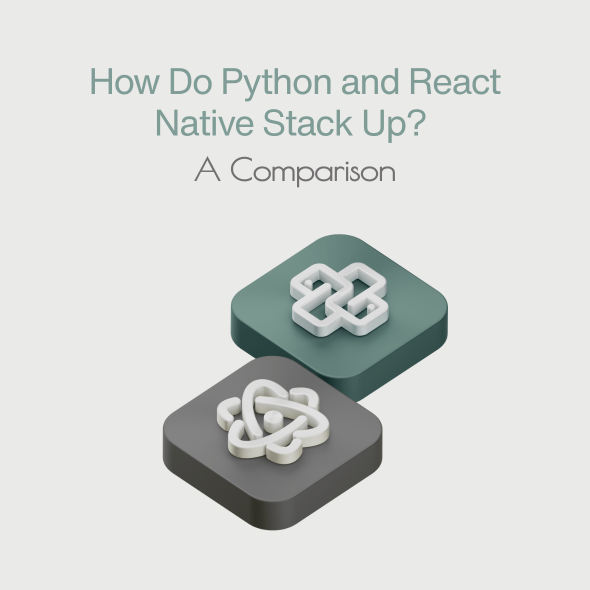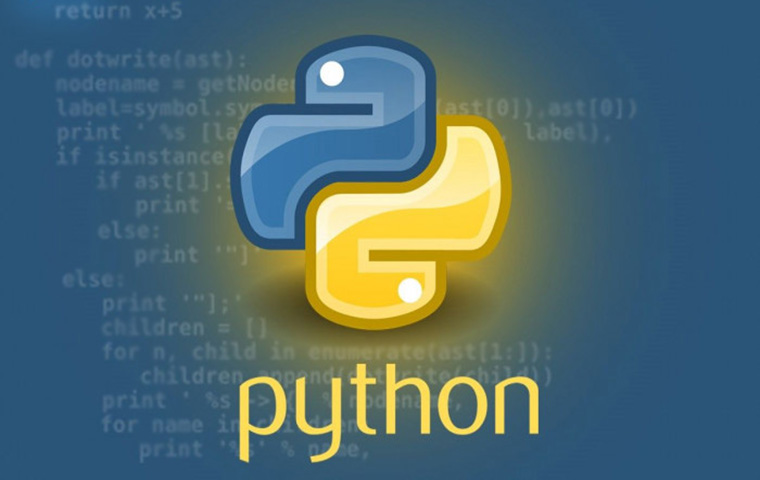In-App Purchases vs Ads: Which Strategy is Best?
You’ve created your app, and people are starting to download,...
We use cookies for our website to give you the most relevant experience by remembering your preferences. By clicking “accept”, you consent to use of ALL the cookies
This website uses cookies to improve your experience while you navigate through the website. Out of these, the cookies that are categorized as necessary are stored on your browser as they are essential for the working of basic functionalities of the website. We also use third-party cookies that help us analyze and understand how you use this website. These cookies will be stored in your browser only with your consent. You also have the option to opt-out of these cookies. But opting out of some of these cookies may affect your browsing experience.
Necessary cookies are absolutely essential for the website to function properly. These cookies ensure basic functionalities and security features of the website, anonymously.
| Cookie | Duration | Description |
|---|---|---|
| cookielawinfo-checkbox-functional | 11 months | This cookie is set by GDPR Cookie Consent plugin. The cookie is used to store the user consent for the cookies in the category “Analytics”. |
| cookielawinfo-checkbox-functional | 11 months | The cookie is set by GDPR cookie consent to record the user consent for the cookies in the category “Functional”. |
| cookielawinfo-checkbox-necessary | 11 months | This cookie is set by GDPR Cookie Consent plugin. The cookies is used to store the user consent for the cookies in the category “Necessary”. |
| cookielawinfo-checkbox-others | 11 months | This cookie is set by GDPR Cookie Consent plugin. The cookie is used to store the user consent for the cookies in the category “Other. |
| cookielawinfo-checkbox-performance | 11 months | This cookie is set by GDPR Cookie Consent plugin. The cookie is used to store the user consent for the cookies in the category “Performance”. |
| viewed_cookie_policy | 11 months | The cookie is set by the GDPR Cookie Consent plugin and is used to store whether or not user has consented to the use of cookies. It does not store any personal data. |
Functional cookies help to perform certain functionalities like sharing the content of the website on social media platforms, collect feedbacks, and other third-party features.
Performance cookies are used to understand and analyze the key performance indexes of the website which helps in delivering a better user experience for the visitors.
Analytical cookies are used to understand how visitors interact with the website. These cookies help provide information on metrics the number of visitors, bounce rate, traffic source, etc.
Advertisement cookies are used to provide visitors with relevant ads and marketing campaigns. These cookies track visitors across websites and collect information to provide customized ads.
Other uncategorized cookies are those that are being analyzed and have not been classified into a category as yet.
Cyberia Tech, Inc. respects your privacy. This Privacy Policy explains how we collect, use, and share your information. By using our services, you agree to this policy. If any other agreements conflict with this Privacy Policy, the terms of those agreements prevail.
Cyberia Tech complies with the EU-US and Swiss-US Privacy Shield Frameworks for handling personal data from the EEA, UK, and Switzerland. In case of any conflict, the Privacy Shield Principles prevail. Learn more at Privacy Shield. Key Definitions
Information linked to an individual, transferred from the EEA, UK, or Switzerland to the U.S.
Data revealing race, religion, health, sexual orientation, and similar categories.
Effective Date: [ 2025 / 11 / 29 ]
Welcome to The Cyberia Tech ! By accessing or using our website or services, you agree to
comply with and be bound by these Terms of Use and our Privacy Policy. If you do not agree with
these terms, please do not use our Services.
Loading
0 %

When comparing mobile app development frameworks, various and popular frameworks remind us how competitive this open area is.
The fact is that some of these frameworks, such as react native for mobile app development, are still in the early stages and benefit from having access to both the iOS and Android operating systems markets.
However, there is another good Python mobile app framework. The question is, why are they regarded as some of the greatest frameworks? Are they completely productive? Let us do a fast check with a brief summary.
Table of Contents
The best feature of this framework is the use of a single codebase with dual usability.
What stands out in the comparison of mobile app development frameworks is the fact that it is rapidly growing while maintaining quality and adequate performance.
That is why it is well-known. Assume you pay for a pizza but receive two!

React Native Framework is a popular choice for creating high-performance mobile apps for iOS and Android.
It enables developers to write code once and deploy on both platforms, and offers access to pre-built components and libraries to speed up the development process.
The app is quite similar to a native app. The JavaScript library and UI components on the other hand will assist you in building your app as quickly as feasible. You are familiar with the notion of building a cross-platform app on web apps. What are the remaining points?
Basically, if you’ve worked with react native, you know that because the scripts are cross-platform, you can control the app and handle updates on both operating systems at the same time, which is important when it comes to flexibility.
Furthermore, this GPU achieves native-like performance considerably faster than competing frameworks such as Hybrid.
In addition, the developer may see the changes in the code with a live preview. So you don’t overlook any mistakes.
The UI components have so much to say after constructing the apps that the convenience of moving the apps to XCode or Android Studio will save time.
What actually counts with react native is Node.JS. This is Node.JS, which executes all JavaScript code. Native SDKs are very important tools for testing and debugging.
Remember that you’ll need several app functionalities, such as screens to show the app’s main view, directory-image and animation folders, a location to house all the components, and Colour.JS to change the color of the app.
In contrast to python mobile app development, you will have to deal with the difficulty of coding. Because this framework is cross-platform, the objective is for it to be responsive.
As a developer, you had to pay attention to the differences and include expectations for both Android and iOS. The second advantage is that you do not have to utilize PhoneGap or Cordova because react native does not generate webviews.
Some of the most popular programs, such as Facebook and Instagram, are at the forefront of this development process. As a result, we can say that react native for mobile app development is the crème de la crème of professionals.
As a complement, the high-tech UI components in both Android and iOS have provided us with several useful possibilities. Stylesheets, section lists, status bars, buttons, switches, push notifications, and so on.
If you’re unfamiliar with Python’s efficiency? It’s preferable to recognize that this is a general framework. From the most complicated to the most basic.
Python mobile framework enables cross-platform mobile app development using Python. It offers access to a range of tools and libraries, making it a popular choice for developers.
Its resourcefulness stems from its ease of learning, rapid performance, and extensive library. Kivy and Beeware, for example, have both shown to be useful in terms of needs.

Kivy and opengl visual engines are technologies that will aid Python in Android applications. The other, Beeware, is designed specifically for iOS, Windows, and Linux GTK.
Python’s provided tools allow you to transform that specific program into another platform. Furthermore, you will notice a large number of helpful frameworks such as Django, Matplotlib, Flask, Web2py, Cherrypy, and Falcon, each of which has its own set of choices for scalability, data analysis, testing support, particular architecture for templates, and so on.
The fact is that Python is a smart choice in the case of libraries, data, and AI domain, with the primary point being that it is a high-level language that is near to human logic.
Is it possible to utilize react native and Python together? The answer is, of course, yes. React native is typically used on the front end, with Python on the backend.
Python and react native from the side of Mobile app development frameworks comparison are incomparable, but completable.
When they come into one, the process will lead the development to the el dorado an app with a great wealth.
React native:
This feature is used to make changes to make the app more flexible. These updates are only used for the components and does not affect to the entire system.
It is a JavaScript syntax to provide developers, write the JavaScript codes and HTML together.
The declarative UI you can update the design changes, and design specific UI component according the data you receive.
The component-based architecture is a way to have separated various components to create UI. Each of them has a particular logic and developers have fast and untroubled development.
Based on this promise between the developer and react native you are not allowed to change any element directly so they have to use a call back function, this will make give the developer much more control over the flexibility of the app.
These factors are necessary to be taken wisely while thinking about mobile app frameworks comparison.
The fact of high-level language as we mentioned, is considered as the language with a user-friendly interface. So, you don’t have to worry about coding structure knowledge, architecture, or memory management.
The reason behind the Python’s object-oriented programming language, opens a way to build the needed functions efficiently.
With this option you don’t have to compile codes separately. The point is the execution time will decrease.
Why python is dynamic? Since it doesn’t need to state data types while writing codes, the result is the fast-coding procedure.
Since it supports a vast number of library Graphical User Interface, utilize libraries and productive visual design.
Using python is equal with supporting other common languages as C++ and Java.
The whole features of react native python have commonly made the developing process much easier especially when they come together.

Which Python framework is used for mobile app development?
The PyMob framework enables the development of Python-based mobile applications. PyMob utilises the Kivy library to facilitate the development of portable mobile apps.
Is React Native good for mobile app development?
Due to its proficiency at cross-platform tasks, attractiveness, popularity among developers, and low cost, React Native has become a known “hybrid” framework for mobile app development.
Why do we need to compare mobile app development frameworks? Keep these suggestions regarding react native for mobile app development in mind and apply them while creating a new app.
Python mobile app development is nothing more than a quick and simple development to deal with data better.
Your row concept will be feasible, and you will be able to exploit both sides of the market, resulting in a twofold advantage.
Please share your thoughts if you have any relevant experience with these two frameworks.
You can always rely on us to provide you with the greatest business alternatives based on your budget, so give us a call and listen to our proposals.
You Can Get More Information!
